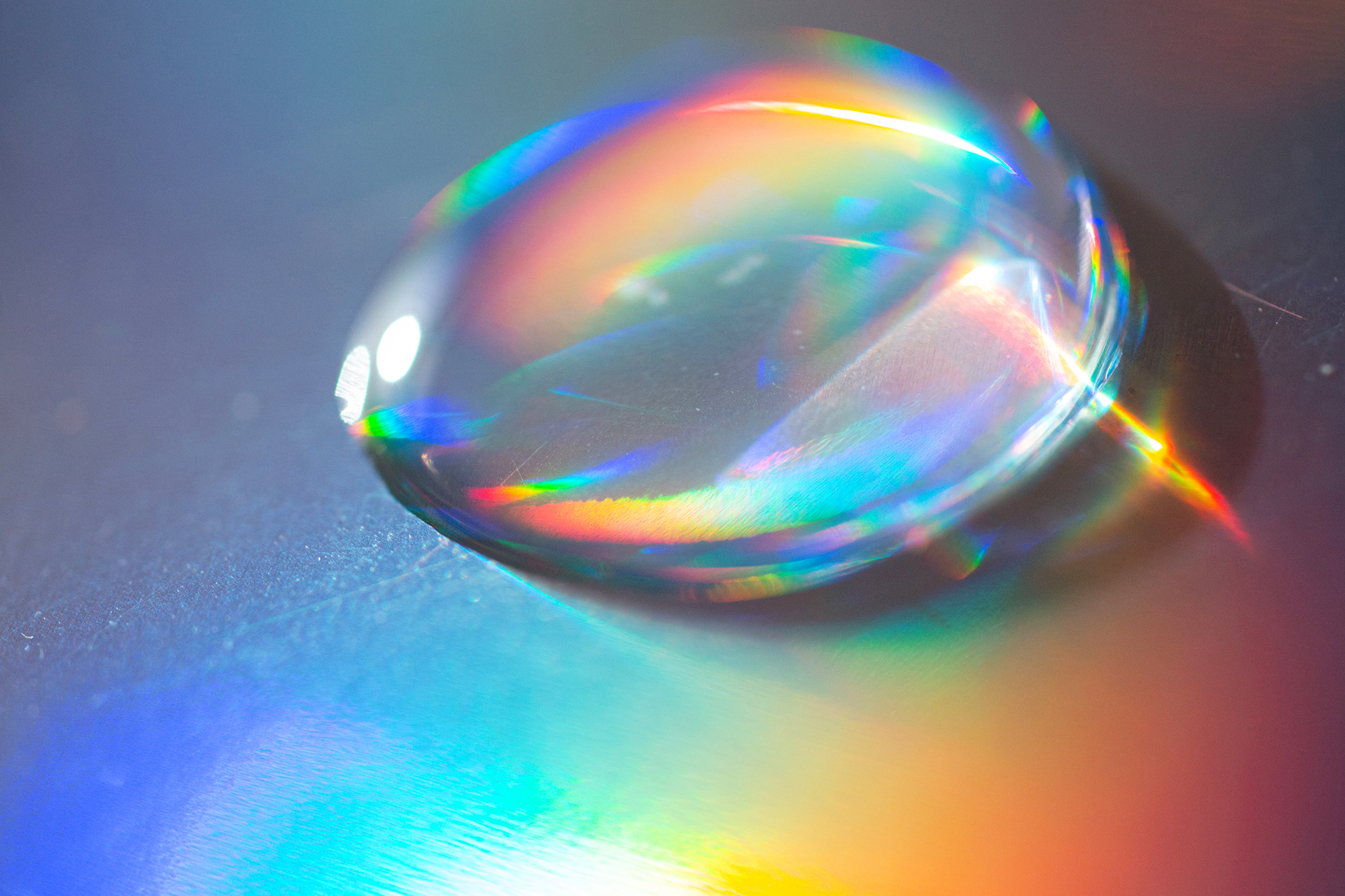 Outcomes: Penn MRSEC researchers Lee and Patel developed nanoporous films that spontaneously condense water vapor from undersaturated air and release it as collectible droplets at room temperature, requiring no external energy.
Outcomes: Penn MRSEC researchers Lee and Patel developed nanoporous films that spontaneously condense water vapor from undersaturated air and release it as collectible droplets at room temperature, requiring no external energy.
Impacts and Benefits: This breakthrough enables energy-efficient water harvesting in arid environments, autonomous cooling systems for electronics, and sustainable water management technologies that could address water scarcity challenges globally.
Explanation: The team created amphiphilic nanoporous films by combining hydrophobic polymers with hydrophilic nanoparticles. These materials exploit capillary condensation to capture water vapor from air below saturation conditions, then spontaneously exude the condensed water as microscopic droplets on the surface. Unlike existing water harvesting technologies that require significant energy for cooling or heating, these materials work isothermally through carefully engineered nanoscale surface properties that balance hydrophilic water attraction with hydrophobic water release.
BQ Kim, Z Vicars, M Füredi, LF Escobedo, RB Venkatesh, S Guldin, AJ Patel, and D Lee. “Amphiphilic nanopores that condense undersaturated water vapor and exude water droplets”, Science Advances (2025). article
Image Caption: Extreme close up of water drop on the hologram color paper